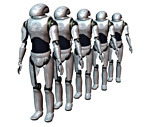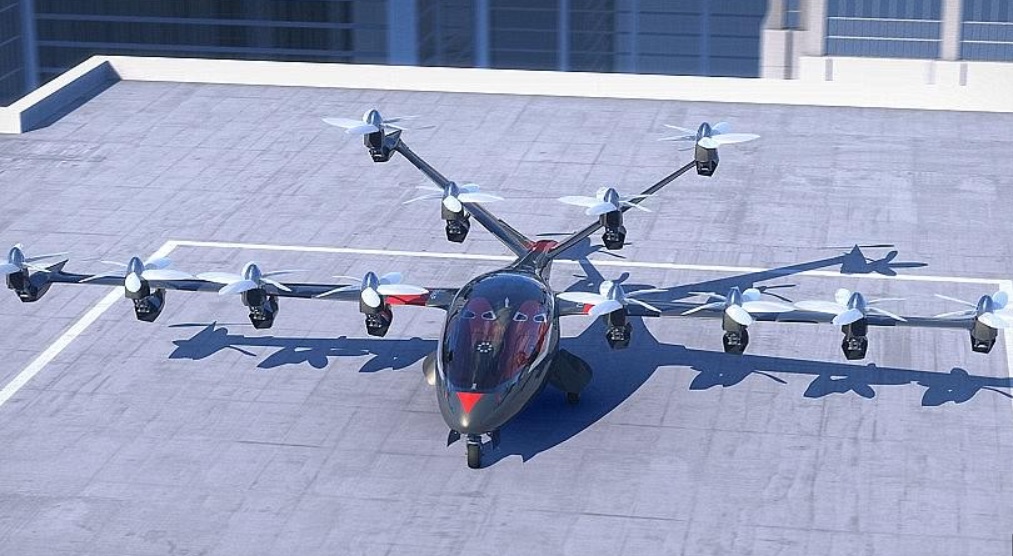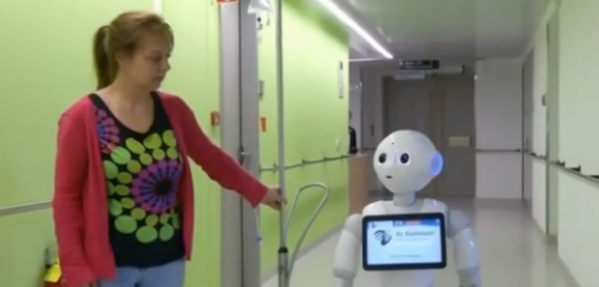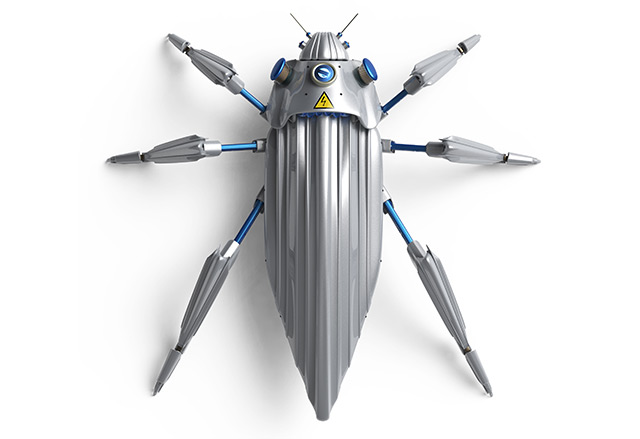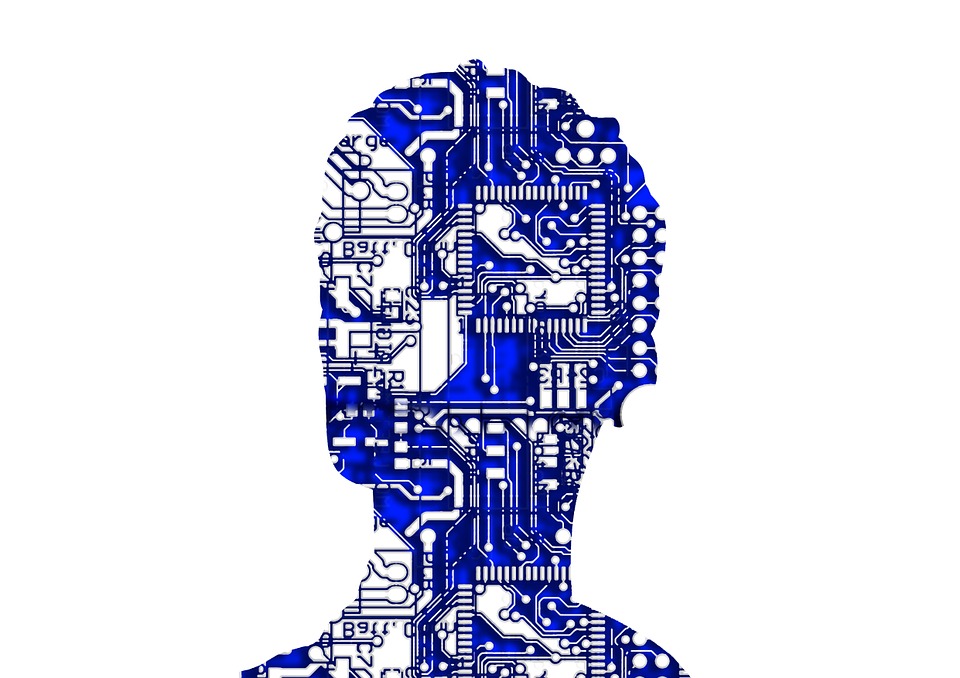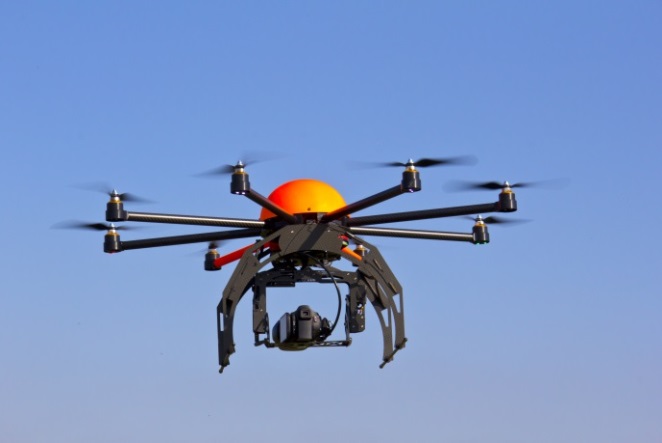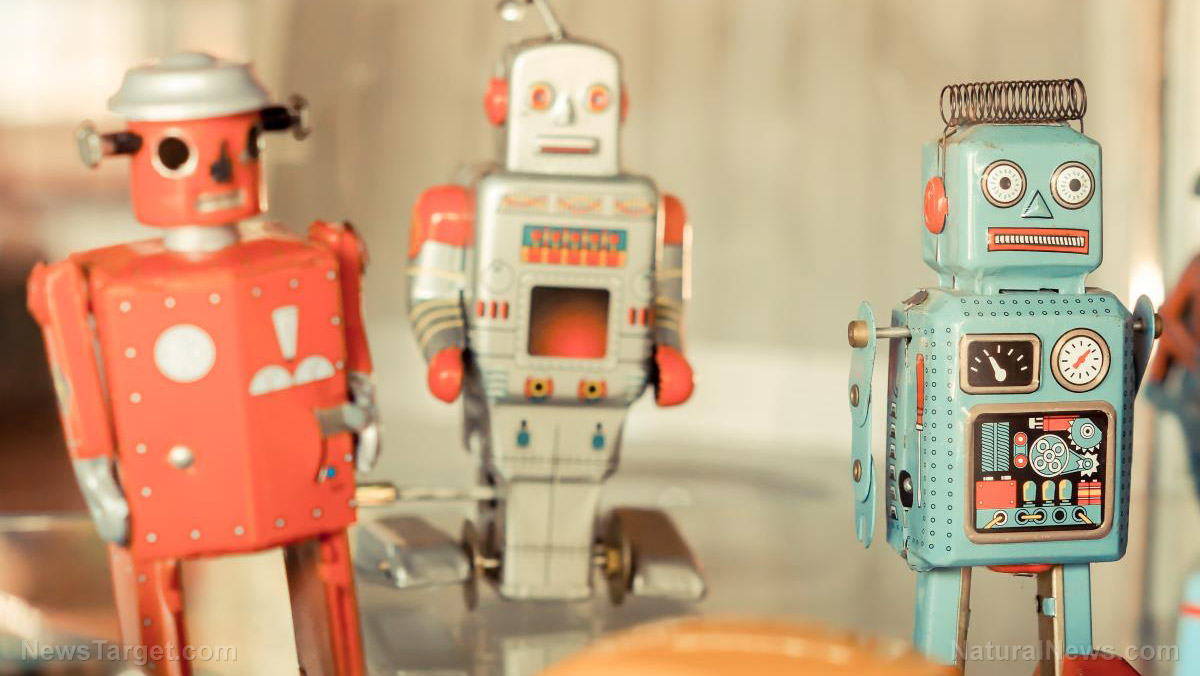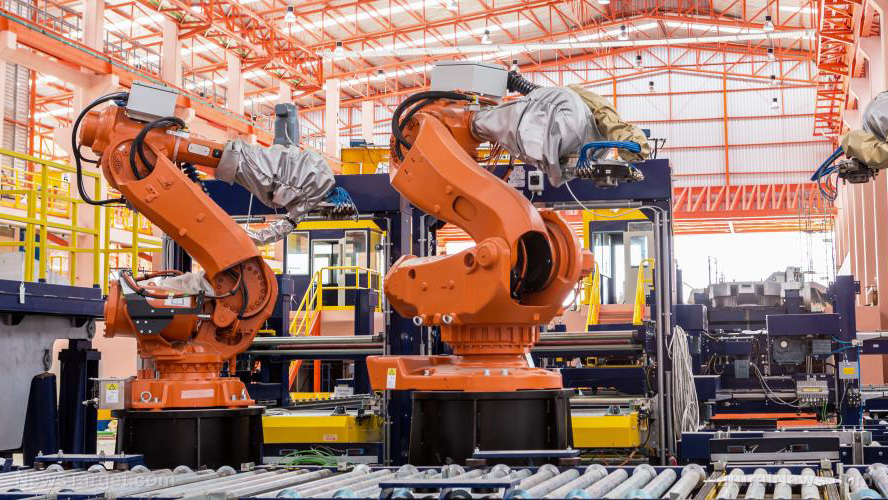It can be a difficult decision as to what step to take next when our older loved ones begin needing assistance in their daily lives, but a recent study from the Georgia Institute of Technology may make the choice easier. The idea of adding a robot to someone’s household might seem far-fetched or futuristic to some, but after this study, it’s clear that robots could soon be computerized family members.
The Georgia Institute of Technology asked about two dozen adults aged 65-93 to watch an eight-minute video about Willow Garage’s Personal Robot 2. They followed the video by asking the participants about their preference of robot or human assistance in completing 48 unique tasks. The tasks ranged from such things as entertaining guests to setting the table.
The responses from the participants show that the older generation may not be as “behind-the-times” as some might think. Overall, they showed a preference to a robot’s assistance in necessary activities in their daily lives, such as changing light bulbs, cleaning the house, washing dishes, making the bed, taking out the trash, and reminding them to take medications. Human assistance; however, was preferred for social and decision-making activities: cooking, entertaining guests, grocery shopping.
Additionally, activities of a personal, intimate nature remain in humans’ hands. The participants were resistant to having robotic help with things like bathing, walking, shaving, getting dressed, eating, and brushing their teeth.
The researchers note that these results may be impacted by the lack of friendly interaction between person and robot. The Personal Robot 2 (PR2) is meant to perform specific tasks, and that’s that. However, in the case of “social robots,” such as MIT’s Leonardo, people develop personal relationships with their assistant. They name their robot, dress it, and address it with greetings and farewells.
Another study called the CompanionAble Project created Hector, a similar robot to PR2. Hector is guided by remote control and smart home compatibility, and he displays capabilities that are of great assistance to the elderly. He comes when he’s called, reminds you of your daily schedules and routines, tells you when to take your medicine, and will even keep your glasses safe in his pocket. He is also a safety addition to the household with his fall detection capabilities. In emergencies – like a fall – he is connected to a remote control center, and he can assess the seriousness of the fall and evaluate what sort of help is needed.
It might be mind boggling for many to think of adding a metal member to their family, but the robotic technology is advancing rapidly and could prove essential to some households.
Sources for this article include:
http://www.upi.com
http://www.forbes.com
http://www.huffingtonpost.com/2012/10/26/elderly-robots_n_2022846.html
About the author:
Ben enjoys writing about the benefits of green tea at Tendig.com, a revenue sharing site that publishes unique and interesting articles.

